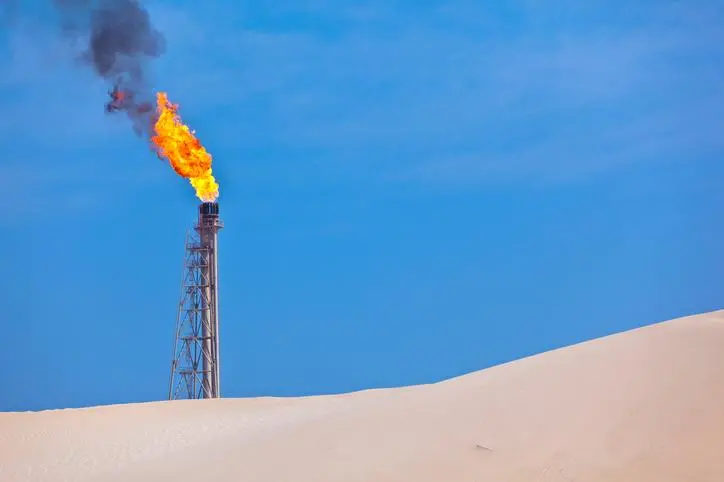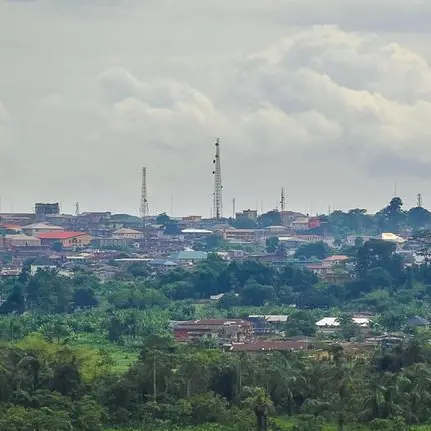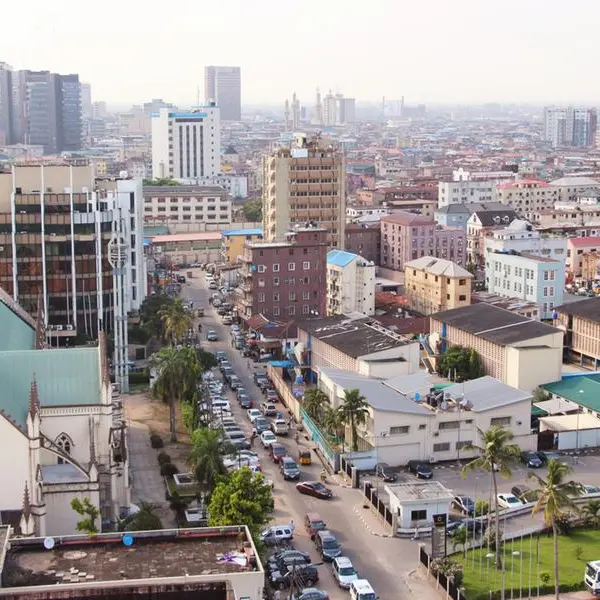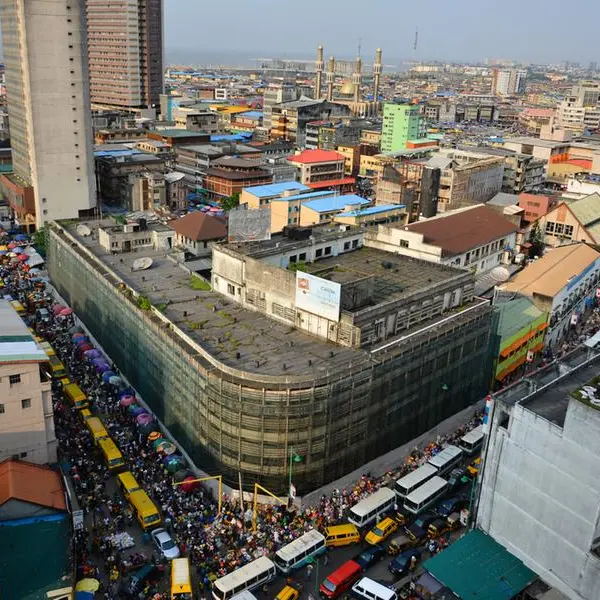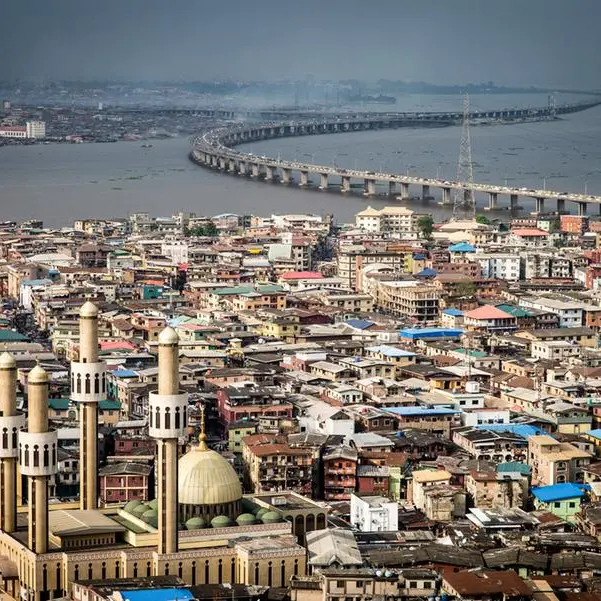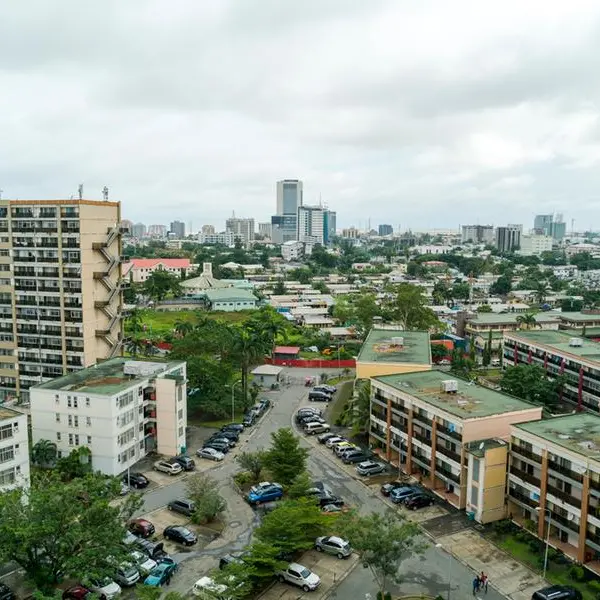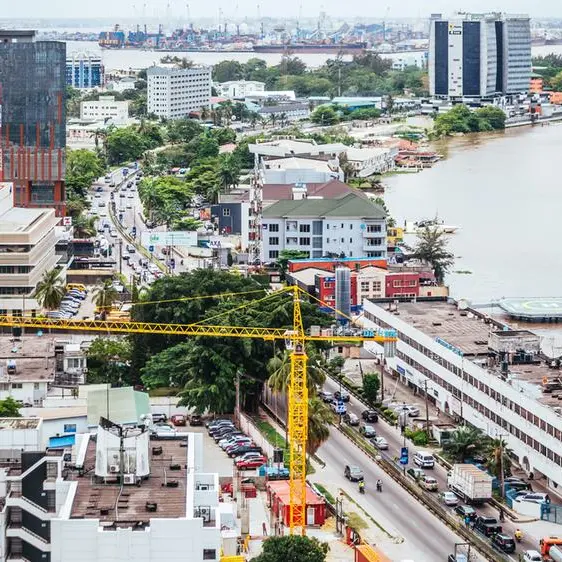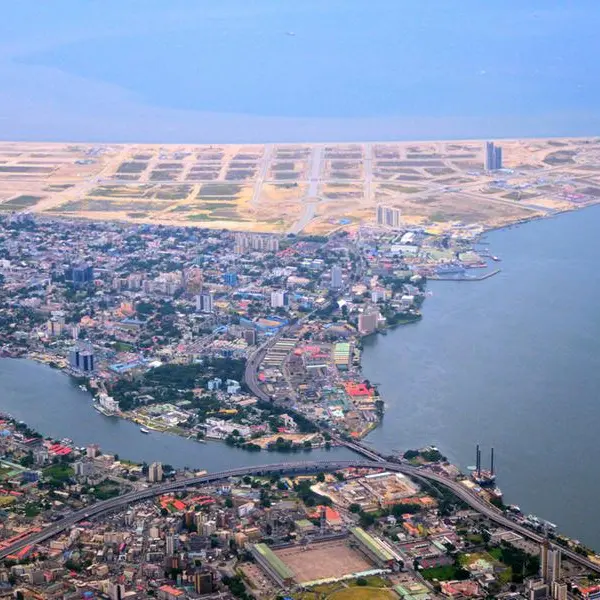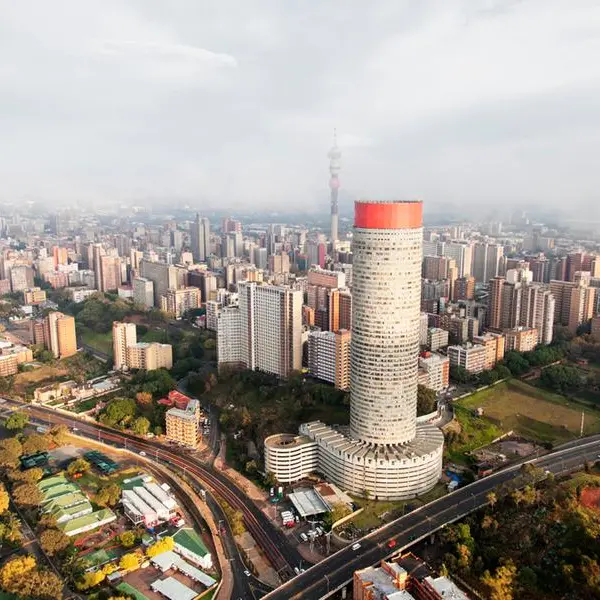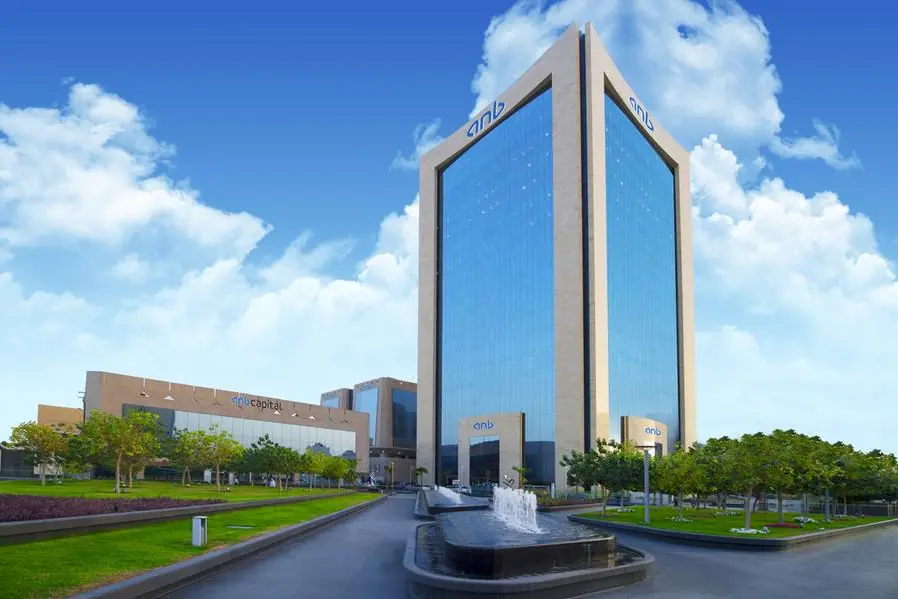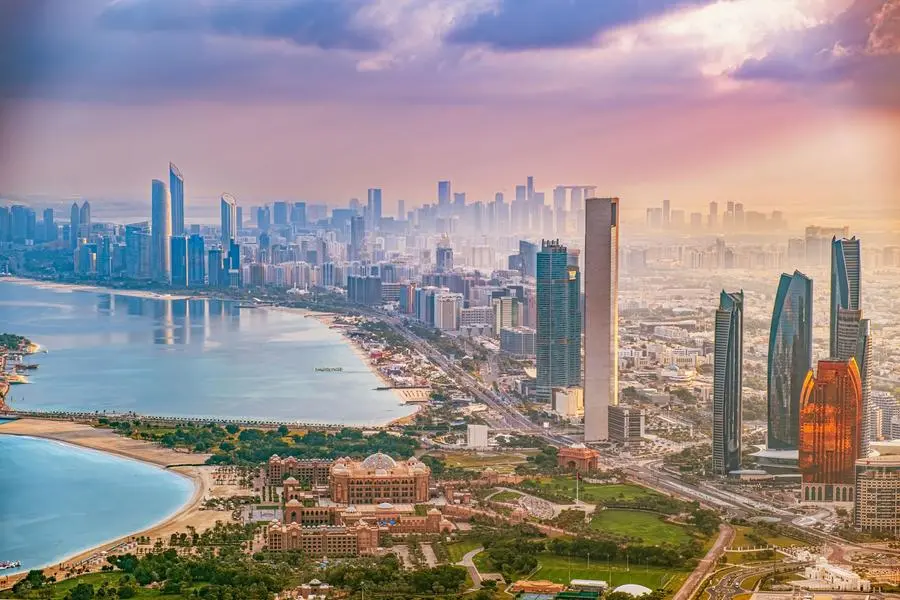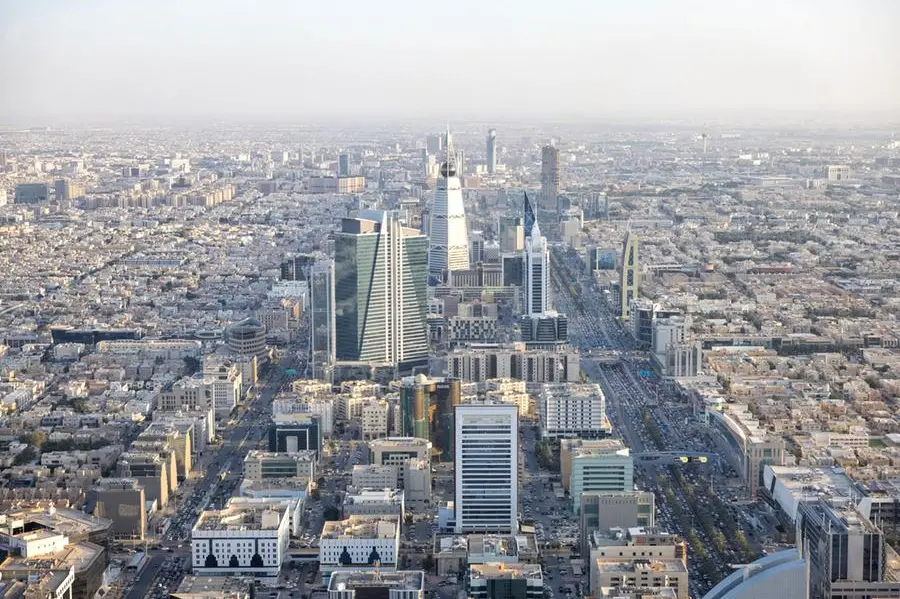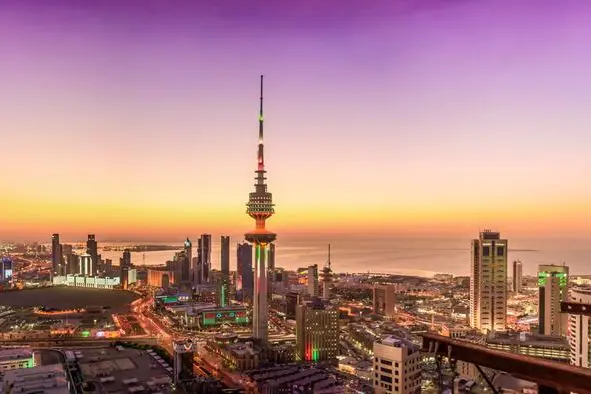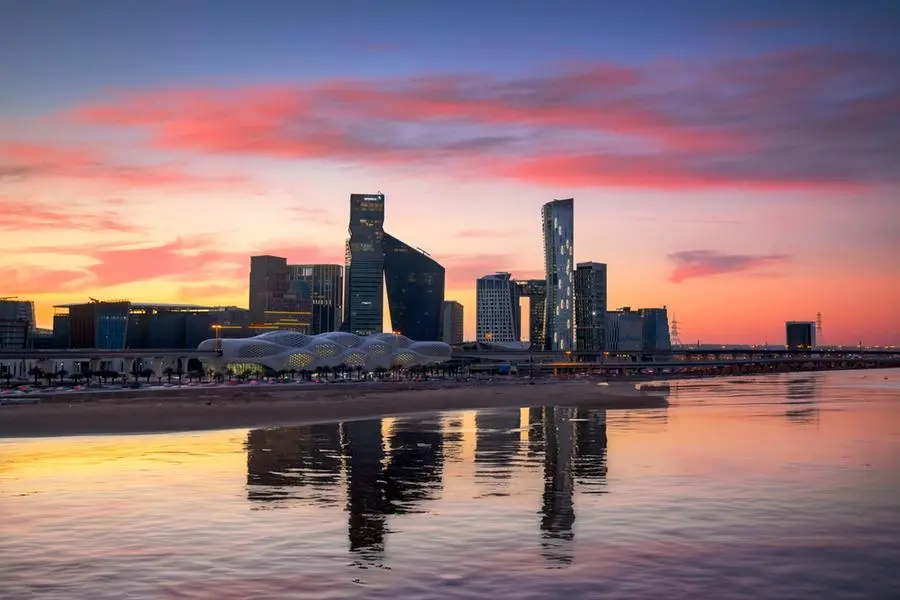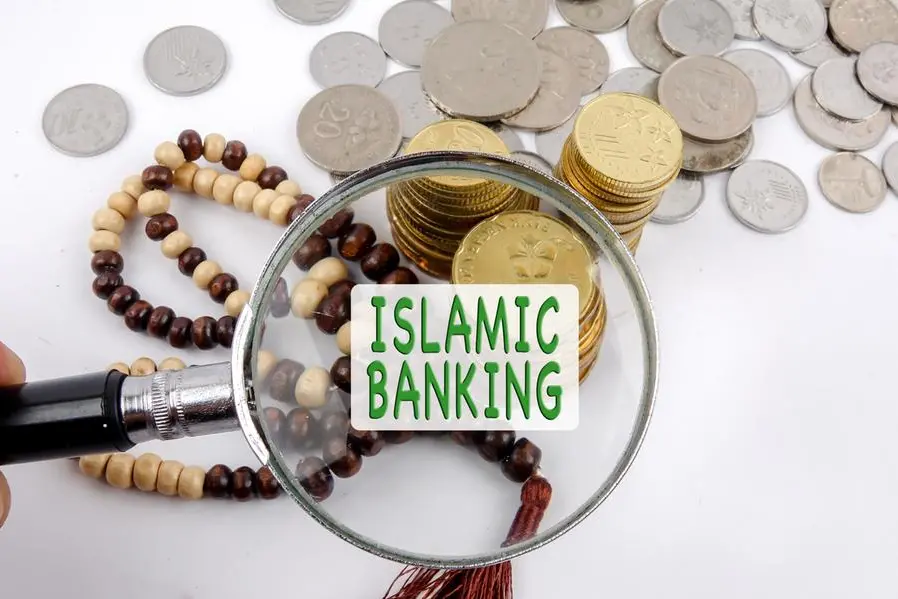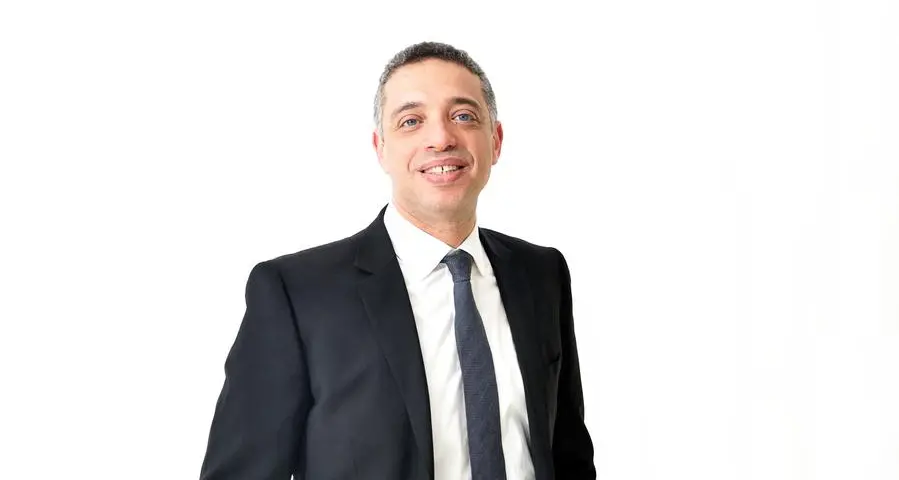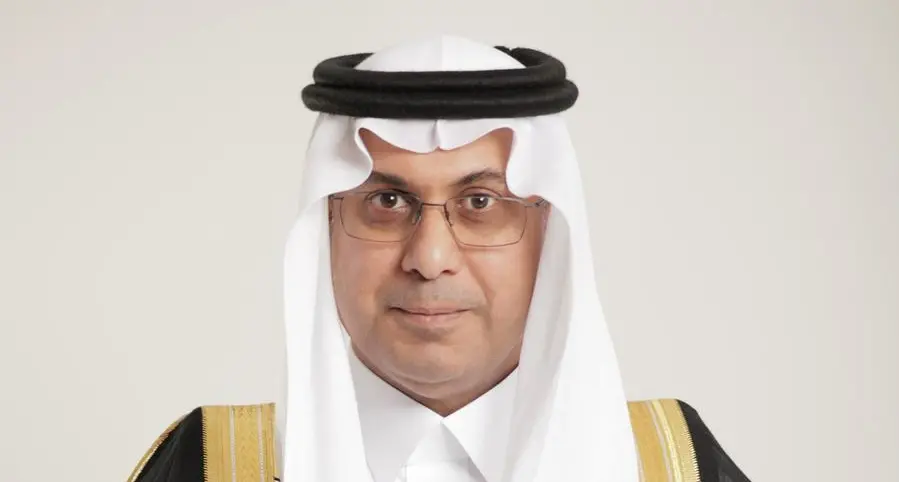PHOTO
huge gas flare at a natural gas plant in the desert of qatar.
Tanzania has engaged a new gear in its efforts to actualise its clean energy programme, even as motorists and manufacturers continue to rely on “dirty” fossil fuels to drive commuters and industrial activity.
The government says it aims to have all vehicles run on gas by 2050.
In early September, the government announced the award of the first natural gas licence to an Omani company, ARA Petroleum Llc, to exploit reserves at the Ntorya gas field in southern Tanzania, believed to hold about 1.6 trillion cubic feet of natural gas. This heralded new hope for faster exploitation of the country’s vast gas resources and making more of it available locally.
But the pace of actualising this project has been slower than the growth in demand, as motorists seek the cheaper, cleaner compressed natural gas (CNG), while service providers struggle to set up the requisite infrastructure.
Currently, there are only three filling stations exist, according to one of the players, Taqa Dalbit (T) Ltd managing director Amr Ismail Aboushady.
The outlets in Dar es Salaam have been experiencing long queues for the limited supply of CNG for the converted vehicles and tricycles.
At the Taqa Dalbit-run Master Gas conversion and filling station at Kipawa, opposite the Julius Nyerere International Airport, motorists sometimes stay on the queue for over two hours waiting for service. For most of those in the taxi business, this eats into their operating time and income.
Earlier this month, an outage at the station, blamed on power-related equipment failure, caused chaos in the city – which, like others in the region, is notorious for traffic jams – with the queues stretching for close to half a kilometre.
But those who have savoured the benefits of CNG have patience. One Dar-based taxi driver, Amon Amani, told The EastAfrican that he believes he made the best decision to convert his car to use CNG because it costs less to buy, consumes less fuel for the distance covered compared to petrol and does not damage his vehicle.“Overall, using gas is more profitable in terms of cost, and we are using natural gas from our own fields, not imported. The only challenge is the queuing. Sometimes we stay in line for close to four hours. I’d love to see more filling stations across the city to make fuelling easier,” he said.
CNG costs Tsh1,550 ($0.57), while petrol sells for Tsh3,172.40 ($1.16) per litre in Dar.
Tanzania boasts an estimated 230 trillion cubic feet of natural gas reserves, with 57.5 trillion cubic feet confirmed, ranking the nation 82nd globally.
According to the Energy and Water Utilities Regulatory Authority, Tanzania’s total installed processing capacity of the four existing natural gas processing plants is 470 million standard cubic feet per day (MMscfd).
The Tanzania Petroleum Development Corporation (TPDC)-owned Madimba and Songo Songo plants have a capacity of 210 MMscfd and 140 MMscfd respectively, while Songas has 110 MMscfd, and M&P 10 MMscfd.
TPDC contributes 74.5 percent of this capacity from its two processing plants. The firms draw raw gas from the two producing fields of Songo Songo and Mnazi Bay in Lindi and Mtwara regions respectively.
Earlier this month, amid the supply challenges in Dar, TPDC acknowledged the hurdles in ensuring that the CNG demand is met. Acting director of oil and gas business Eng Emmanuel Gilbert told reporters in the commercial capital that the number of vehicles converted to use CNG had increased, while the number of filling outlets was minimal.
He said TPDC was expediting the establishment of more filling points, with one around the University of Dar es Salaam expected to be operational by December 2024.
Read: Tanzania’s gas boom that never was – when local hopes are dashed by global realitiesTPDC, in partnership with the private sector players, are targeting to have 13 CNG stations by July 2025.
Mr Aboushady, who runs Taqa Dalbit, a joint venture investment between Taqa Arabia, an Egyptian investor in the energy sector, and Janus Continental Group (JCG), says they are working with the State to promote the CNG industry in Tanzania for the transport sector.
He estimates that 5,000 cars in the country run on CNG served by three stations in Dar.
The other two stations are operated by Paet and Enric Gas in Ubungo and Tazara respectively.“Before we started our operation, there was a perception in Tanzania that it was LPG. Liquefied petroleum gas is 96 percent liquid and only four percent gas. LPG is imported, and it is an expensive source of energy, while natural gas is inside the country. We just take it from the pipeline and compress it so and it's 100 percent gas with no other fuel products,” he said.“Customers wanted CNG because it is much cheaper, but there were no filling stations in the country. So, from the investor’s perspective, people were thinking, okay, shall I invest millions of dollars in putting up filling stations while I cannot find the customers?
“That's why we came up with an idea to have an integrated solution, where we create the market through the conversion centre while we serve the customers. Because the more you convert the cars, the more the customers became loyal.“Before we came into the market (in 2023), everyone had to go to a different place to convert the vehicle, and then look for a certified inspector at a second place, and then go to the station at a third place to get their car ready to run on CNG.”The Master Gas station has six filling points serving about 1,600 customers per day. The conversion centre serves up to 1,000 vehicles a year.
He said their initial business plan envisaged the development and operation of 12 filling stations and conversion centres across Dar es Salaam and the neighbouring cities at a cost of around $10 million.“In the coming year, our plan is to have an additional three, so we assume an investment of $900,000 to $1 million per station,” he said.
He is upbeat that TPDC has recently signed deals with the upstream companies to explore for more gas from their wells in the southern region.“I believe CNG is going to be the main driver for the transport sector here in Tanzania. It is cheaper by 50 percent, as compared to petrol and diesel, and it also reduces the emissions of carbon dioxide by 25 percent, which matches the vision of President Samia Suluhu Hassan to have clean energy by 2030,” Mr Aboushady said. ©
Copyright 2022 Nation Media Group. All Rights Reserved. Provided by SyndiGate Media Inc. (Syndigate.info).
